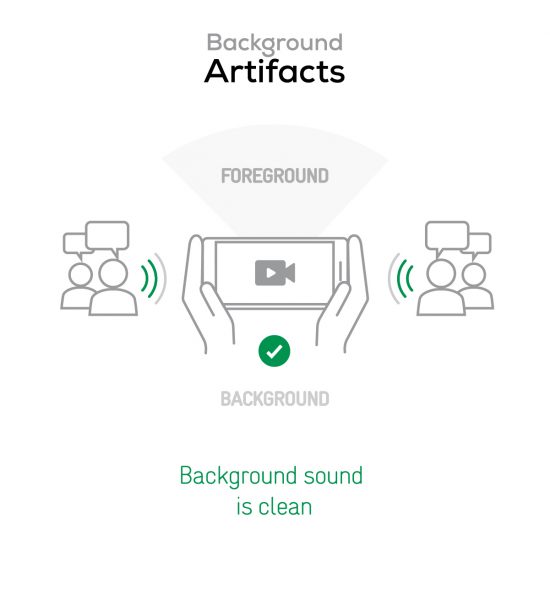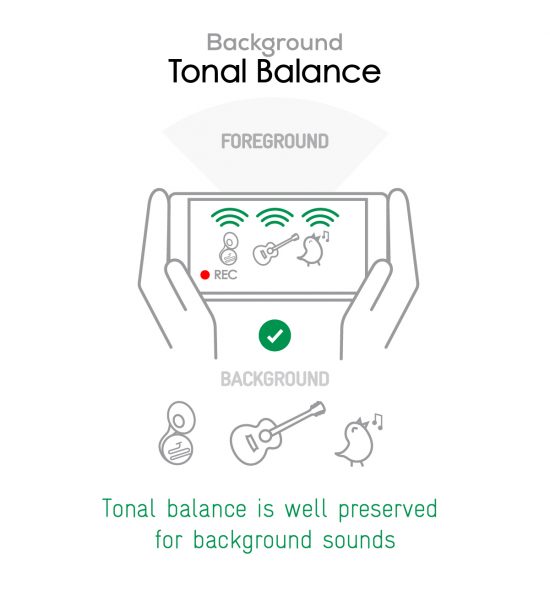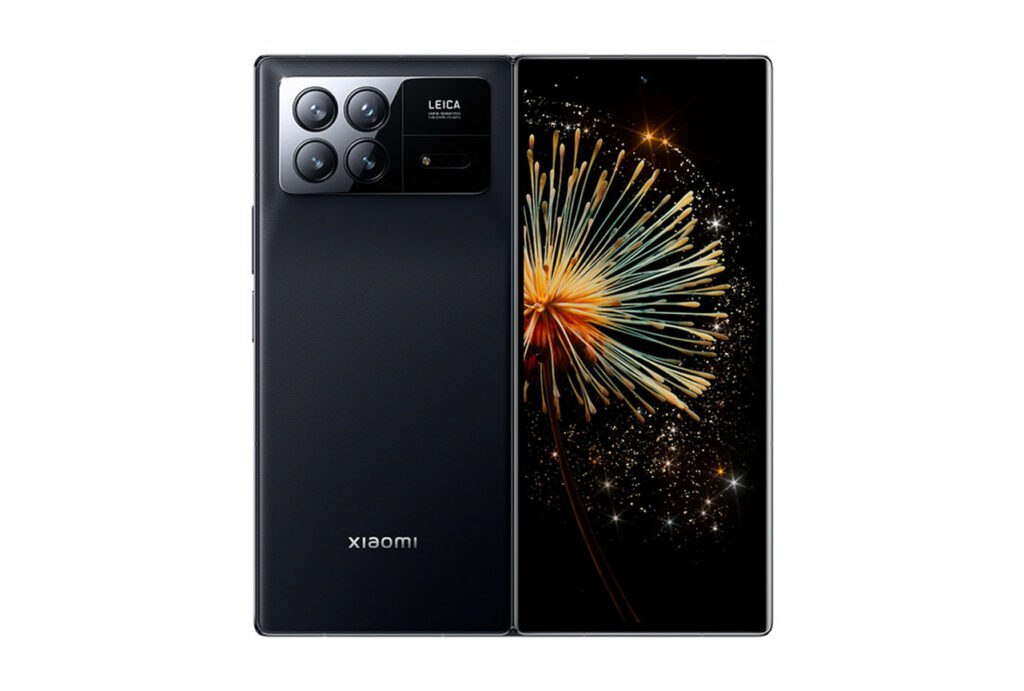We put the Xiaomi Mix Fold 3 through our rigorous DXOMARK Audio test suite to measure its performance both at recording sound using its built-in microphones, and at playing audio back through its speakers.
In this review, we will break down how it fared in a variety of tests and several common use cases.
Overview
Key audio specifications include:
- Two speakers (Top side, bottom side, both on same half)
- No jack audio output
Scoring
Sub-scores and attributes included in the calculations of the global score.
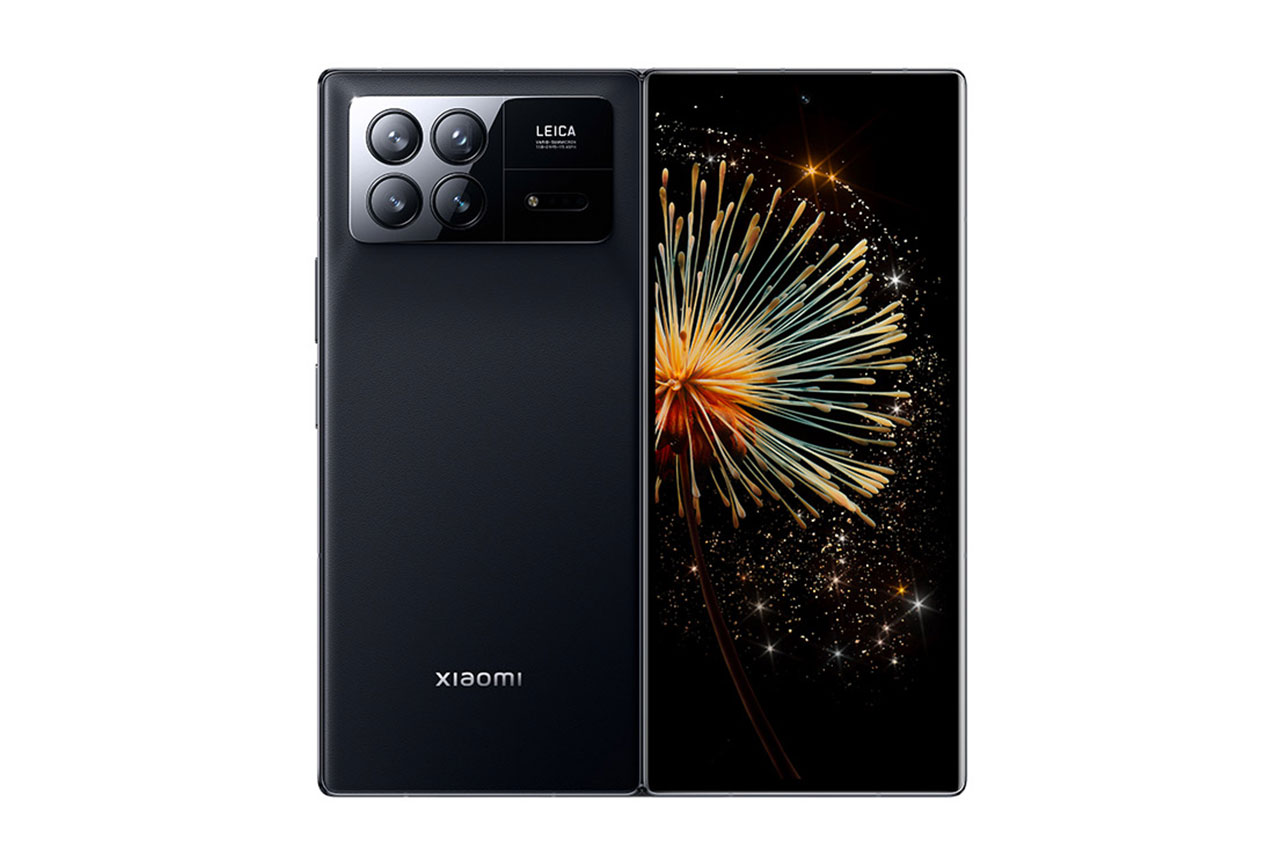
Xiaomi Mix Fold 3


 70th
70th 47th
47thPlayback
Pros
- Good dynamics performance at maximum volume
- Audio artifacts very well under control
Cons
- Strong lack of bass and insufficient treble in tonal balance
- Dynamics performance is less good as volume decreases
- Slightly underwhelming spatial performance
Recording
Pros
- Very good tonal balance
- Very good wideness of the sound scene
- Excellent wind noise performance
- Unintrusive and pleasant background
Cons
- Strong compression when recording loud concerts
- Underwhelming audio zoom feature
- Slightly inconsistent treble
With an overall score of 130, the Xiaomi Mix Fold 3 delivered a good performance in the DXOMARK Audio tests and showed very noticeable improvements over its predecessor, the Mix Fold 2. The Mix Fold 3 especially shone as a recording device, thanks to a very pleasant timbre and very effective wind noise reduction. Only when recording loud events, such as concerts, did the Xiaomi show some weaknesses. Overall recording results were best with the main camera, but the front camera and memo app were almost on the same level.
Playback was not quite on the same high level as the recording results but still decent. Playback quality was very good at high volumes, with very good bass and treble rendition as well as dynamics, but unfortunately the quality dropped at nominal and soft volume levels. Like many other foldable devices, the Mix Fold 3 did not fully take advantage of its form factor, with built-in speakers positioned on the same half, playback was monophonic in portrait, whereas the large size of the device would have suggested a wider sound and a better spatial performance overall.
Test summary
About DXOMARK Audio tests: For scoring and analysis in our smartphone audio reviews, DXOMARK engineers perform a variety of objective tests and undertake more than 20 hours of perceptual evaluation under controlled lab conditions.
(For more details about our Playback protocol, click here; for more details about our Recording protocol, click here.)
The following section gathers key elements of our exhaustive tests and analyses performed in DXOMARK laboratories. Detailed performance evaluations under the form of reports are available upon request. Do not hesitate to contact us.
Playback
Xiaomi Mix Fold 3
163
DXOMARK engineers test playback through the smartphone speakers, whose performance is evaluated in our labs and in real-life conditions, using default apps and settings.
Playback performance was overall decent, with a timbre that was mostly good. Tonal balance was arguably the device’s main issue, with both treble and bass appearing quite weak when compared to midrange. This said, results were drastically better at maximum volume, with treble and bass gaining enough strength to enhance timbre as a whole. At nominal volume, midrange was on the thin side, though, and bass as a whole was lacking, particularly in terms of low-end extension.
Dynamics performance was good, especially at high volume. Attack was weak at low volume, but decent at nominal volume and very good at maximum volume. Punch and bass precision behaved slightly differently. Both were good at nominal volume but did not improve at high-volume settings. Spatial performance was slightly underwhelming, especially when considering the Mix Fold3’s large dimensions when unfolded. With both speakers installed on the same half of the device, the Mix Fold 3 did not take advantage of its size to offer a stereo rendition in portrait orientation. In addition, the stereo image did not adapt to device rotations in the default music and video apps, and the speakers’ stereo balance did not appear to be exactly perfect, as the bottom speaker seemed slightly quieter than its counterpart at the top. Overall, wideness was underwhelming, and localizability of individual sound sources seemed blurry and imprecise. Distance rendition was no quite realistic either.
Maximum volume was pretty loud, and volume step distribution was quite consistent, but our experts found the minimum volume setting too quiet. Audio artifacts were very well under control, with no distortion or excessive compression noticeable. However, with a natural hand position when holding the device, the speakers were prone to some occlusion.
Listen to the tested smartphone’s playback performance in this comparison with some of its competitors:

Timbre
Xiaomi Mix Fold 3
158
The Timbre score represents how well a phone reproduces sound across the audible tonal range and takes into account bass, midrange, treble, tonal balance, and volume dependency. It is the most important attribute for playback.

Dynamics
Xiaomi Mix Fold 3
149
The Dynamics score measures the accuracy of changes in the energy level of sound sources, for example how precisely a bass note is reproduced or the impact sound from drums.
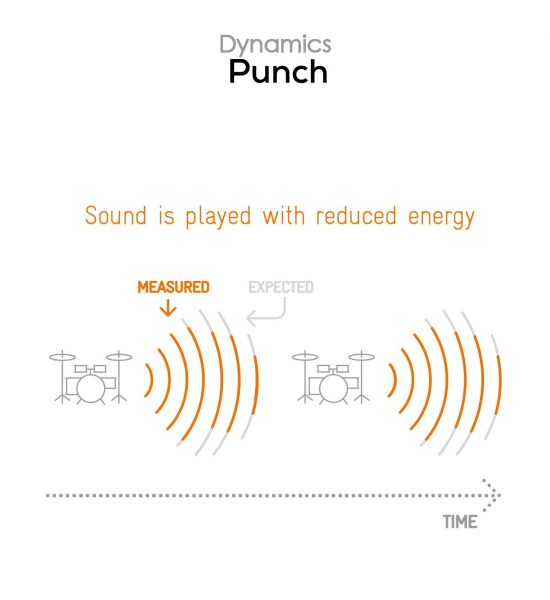
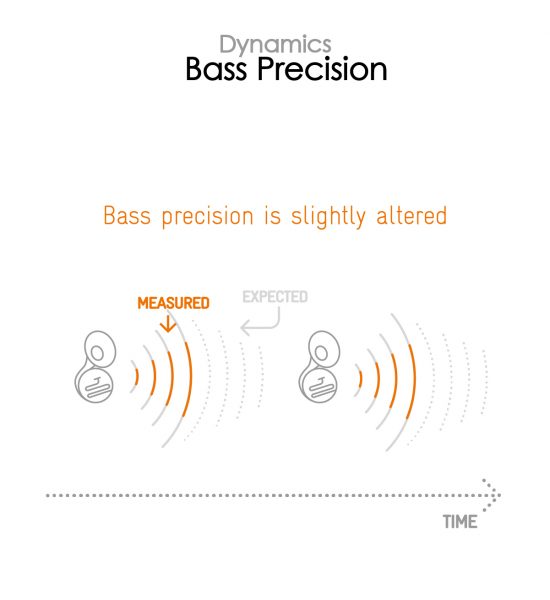

Spatial
Xiaomi Mix Fold 3
162
The sub-attributes for spatial tests include pinpointing a specific sound's location, its positional balance, distance, and wideness.
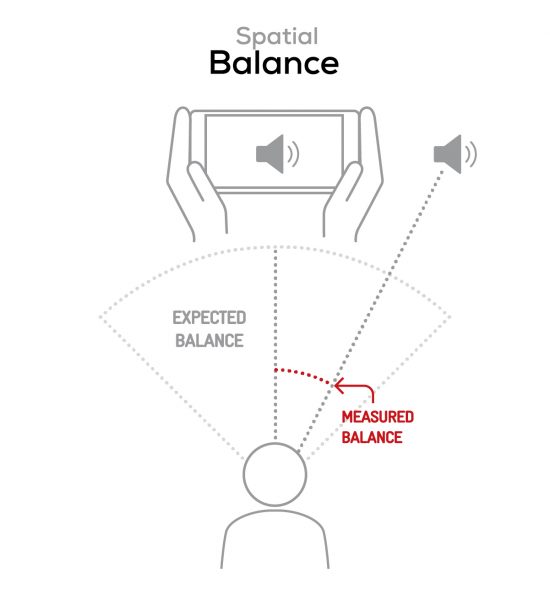
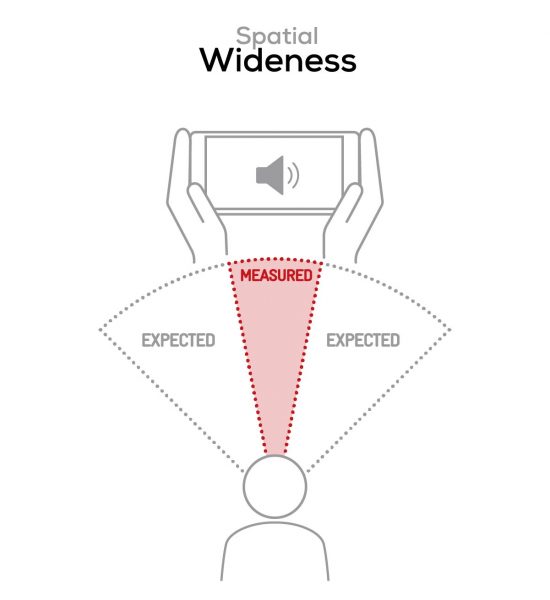

Volume
Xiaomi Mix Fold 3
162
The Volume score represents the overall loudness of a smartphone and how smoothly volume increases and decreases based on user input.
| Hip-Hop | Classical | |
| Xiaomi Mix Fold 3 | 73.6 dBA | 70.1 dBA |
| Samsung Galaxy Z Fold5 | 72.8 dBA | 69.4 dBA |
| Apple iPhone 15 Pro Max | 75.1 dBA | 72.3 dBA |

Artifacts
Xiaomi Mix Fold 3
157
The Artifacts score measures the extent to which the sound is affected by various types of distortion. The higher the score, the less the disturbances in the sound are noticeable. Distortion can occur because of sound processing in the device and because of the quality of the speakers.
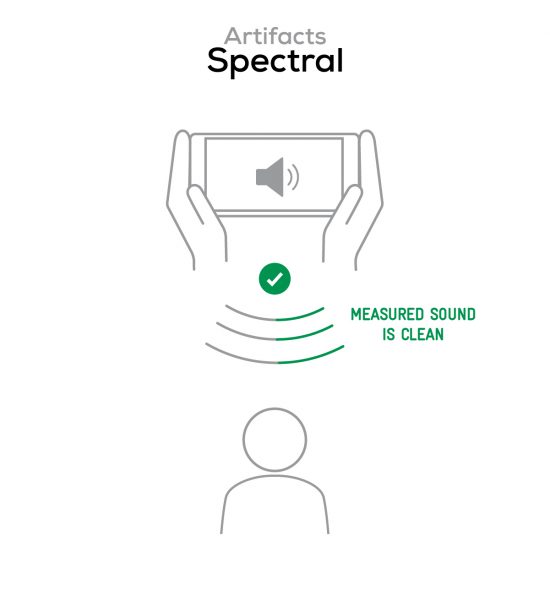
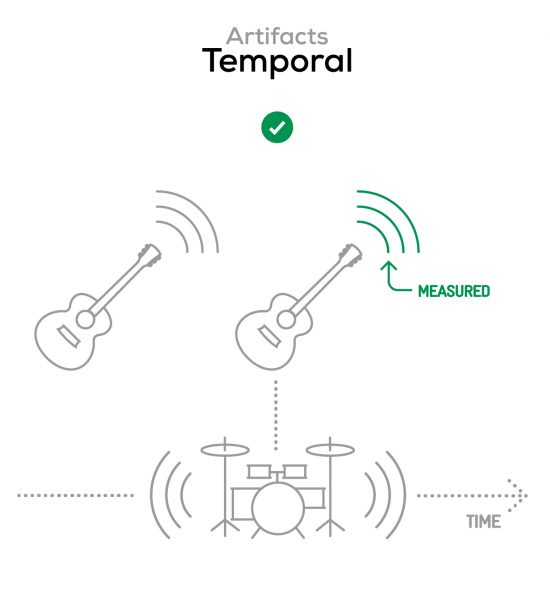
It represents the distortion and noise of the device playing our test signal (0 dB Fs, Sweep Sine in an anechoic box at 40 cm) at the device's maximum volume.
Recording
Xiaomi Mix Fold 3
160
DXOMARK engineers test recording by evaluating the recorded files on reference audio equipment. Those recordings are done in our labs and in real-life conditions, using default apps and settings.
The Xiaomi Mix Fold 3 delivered an overall great recording performance, even though tonal balance varied depending on the use case. Main camera recordings provided clear and precise treble, offering good intelligibility of voices. However, treble lacked clarity when recording with the front camera. Midrange was very good across all recording apps but could sound slightly thin in some urban scenarios. At high sound pressure levels, for example when recording loud concerts, tonal balance was much less consistent, with a dark and almost muffled treble and midrange that lacked fullness.
Signal-to-noise ratio was pretty good with the main and selfie cameras, thanks to the noise reduction algorithm doing a very good job, especially in domestic environments. However, when using the memo application in an urban scenario, the background was quite loud and got in the way of intelligibility. Envelope rendition generally offered sharp and precise attack, except in the concert use case where envelope accuracy was impaired by strong compression.
Wideness of the recorded sound scene was very good with the main camera, and localizability of individual sound sources was very precise. Wideness remained good with the memo app but was a little more limited when recording with the front camera. Distance rendition was excellent across all recording apps and use cases. Loudness was adequate in recordings made with the main and front cameras, but slightly weaker with the memo app. Recordings were mostly free of artifacts, except for slight clipping on sudden loud voices. Background rendition was excellent, without any noticeable artifacts.
Our engineers expected the Mix Fold 3’s audio zoom feature to be more performant. The noticeable side-rejection present by default did not improve with zoom level, and instead, boosted low-end signals such as background noise. The wind noise reduction feature, however, proved to be extremely efficient; our experts found the DSP to be well-tuned, properly improving intelligibility in windy conditions.
Here is how the Xiaomi Mix Fold 3 performs in recording use cases compared to its competitors:

Timbre
Xiaomi Mix Fold 3
147
The Timbre score represents how well a phone captures sounds across the audible tonal range and takes into account bass, midrange, treble, and tonal balance. It is the most important attribute for recording.

Dynamics
Xiaomi Mix Fold 3
146
The Dynamics score measures the accuracy of changes in the energy level of sound sources, for example how precisely a voice's plosives (the p's, t's and k's, for example) are reproduced. The score also considers the Signal-to-Noise Ratio (SNR), for example how loud the main voice is compared to the background noise.
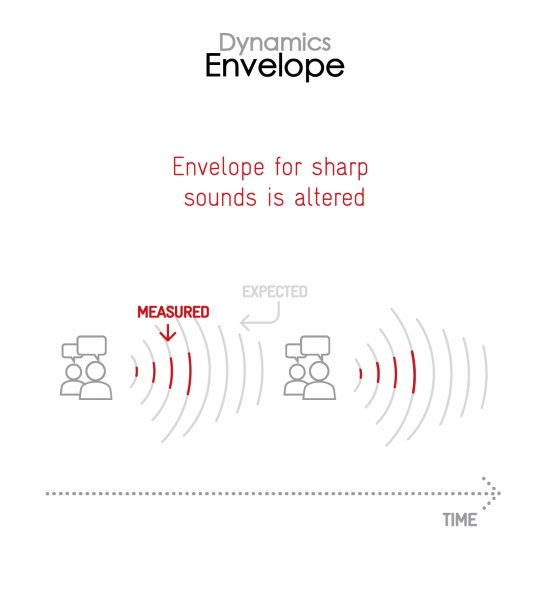
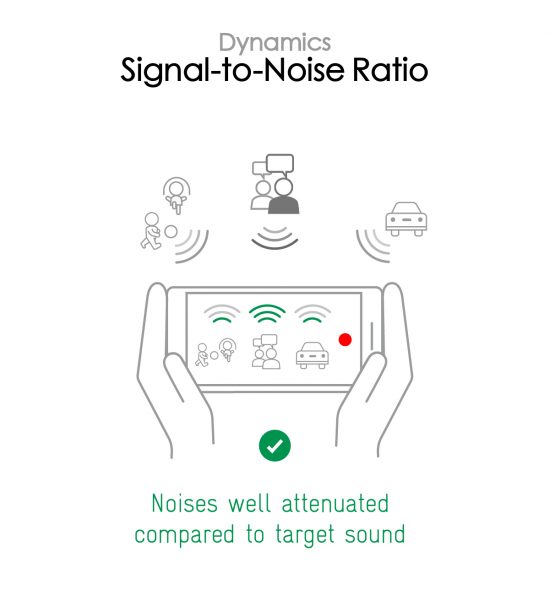

Spatial
Xiaomi Mix Fold 3
159
The sub-attributes for spatial tests include pinpointing a specific sound's location, its positional balance, distance, and wideness on the recorded audio files.
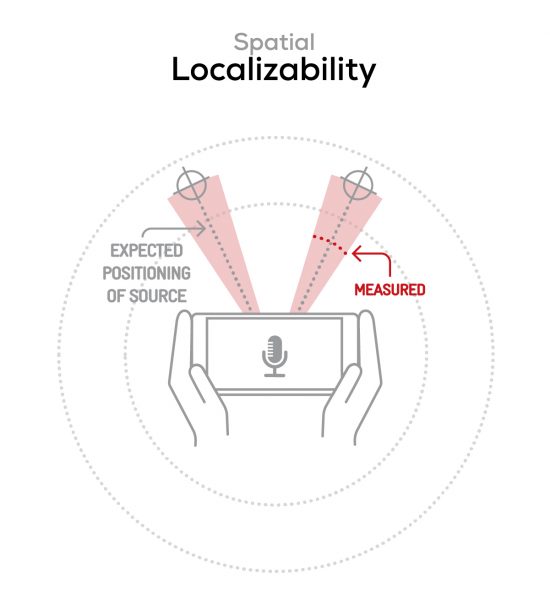
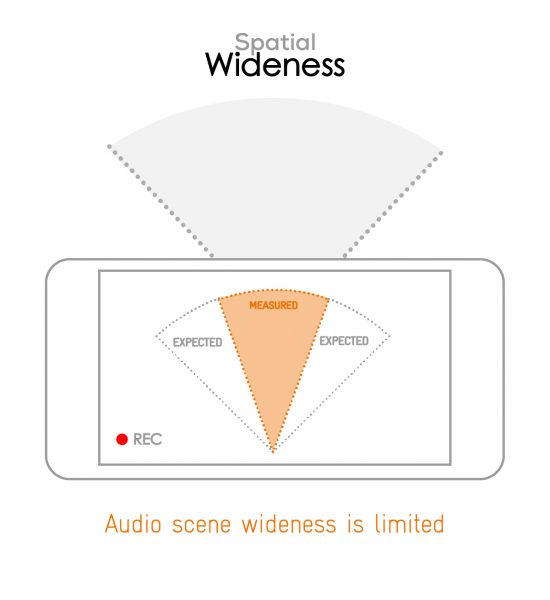

Volume
Xiaomi Mix Fold 3
170
The Volume score represents how loud audio is normalized on the recorded files and the how the device handles loud environments, such as electronic concerts, when recording.
| Meeting | Life Video | Selfie Video | Memo | |
| Xiaomi Mix Fold 3 | -23.7 LUFS | -20 LUFS | -18.4 LUFS | -19.2 LUFS |
| Samsung Galaxy Z Fold5 | -25.8 LUFS | -22.1 LUFS | -21 LUFS | -21.1 LUFS |
| Apple iPhone 15 Pro Max | -24.9 LUFS | -22.1 LUFS | -20.5 LUFS | -19.2 LUFS |

Artifacts
Xiaomi Mix Fold 3
145
The Artifacts score measures the extent to which the recorded sounds are affected by various types of distortions. The higher the score, the less the disturbances in the sound are noticeable. Distortions can occur because of sound processing in the device and the quality of the microphones, as well as user handling, such as how the phone is held.
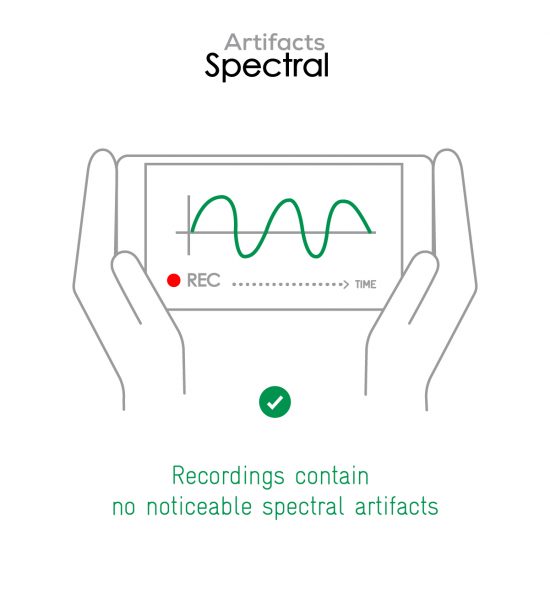
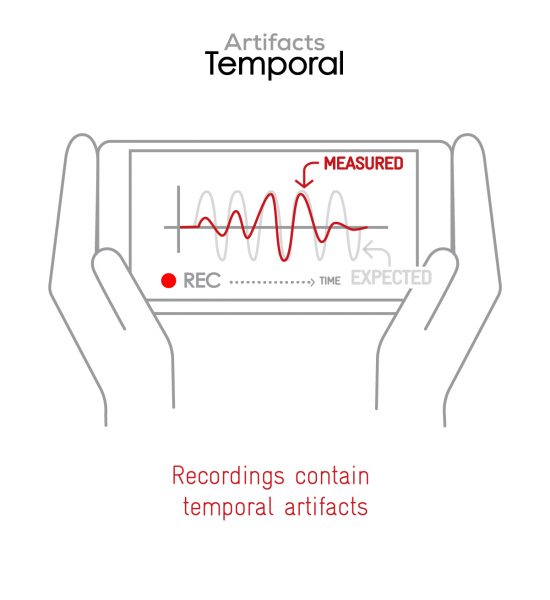
In this audio comparison, you can listen to the way this smartphone handles wind noise relative to its competitors:

Background
Xiaomi Mix Fold 3
166
Background evaluates how natural the various sounds around a voice blend into the video recording file. For example, when recording a speech at an event, the background should not interfere with the main voice, yet it should provide some context of the surroundings.
